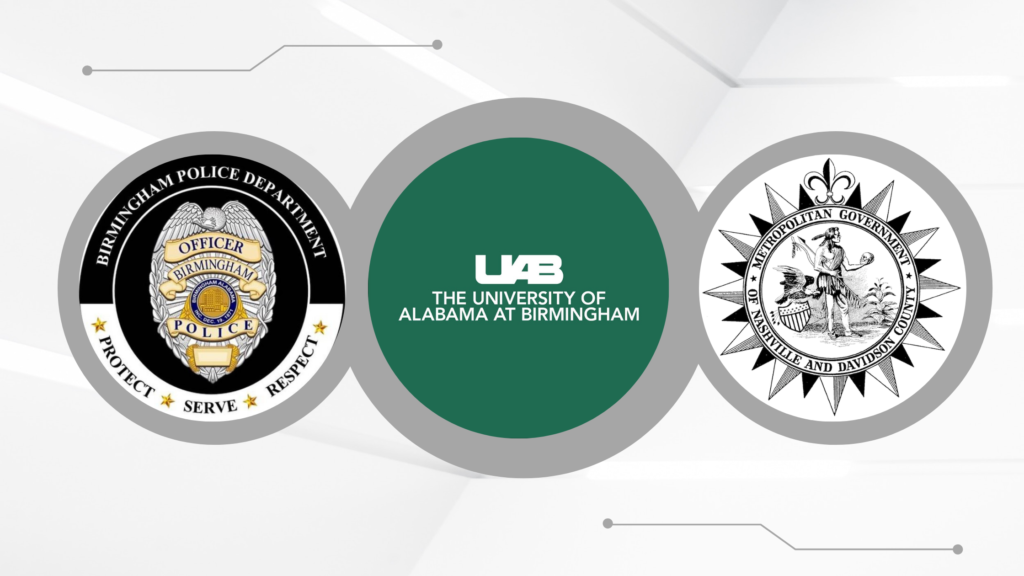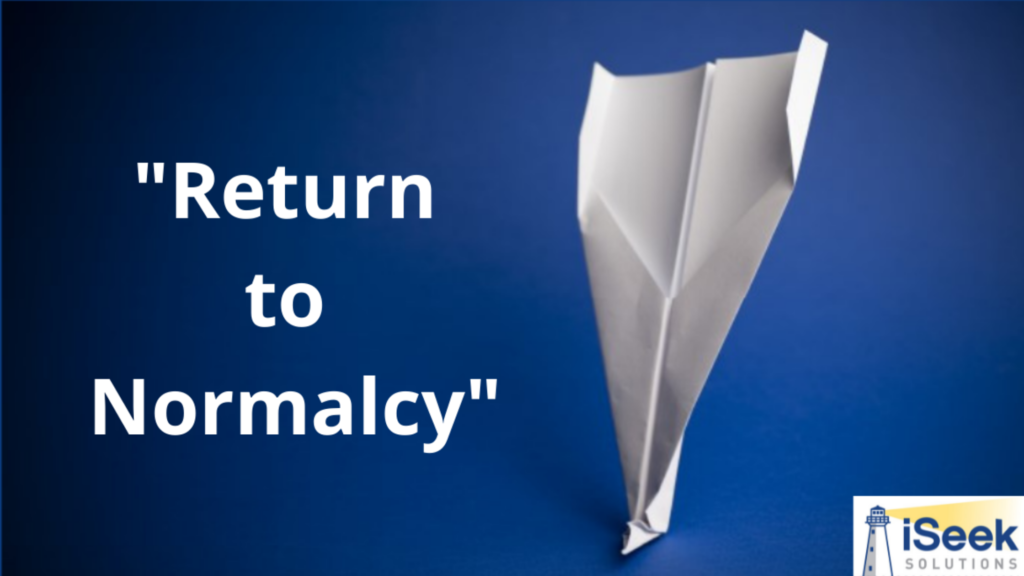Small business owner, Dan, has identified a strategic IT project that must be completed as soon as possible. The project’s successful implementation will position his company to meet certain strategic goals for the following year. However, Dan doesn’t have a certified project manager on staff and is concerned that he doesn’t have the time or resources to find one. Therefore, he has identified two internal candidates for the role of strategic project manager.
Katie, a recent college graduate, is eager and motivated and gets along well with her colleagues. But Katie has never been part of a project team, let alone managed one. She has never interacted with executive level stakeholders. And she’s never scoped or sized a project or managed a project budget. On the other hand, Jaylon has been with Dan’s company for 10 years. He manages a team of technical analysts. He is well known for his technical skills but not for his soft skills. And he sidesteps administrative tasks at every turn because, in his opinion, they are monotonous and unnecessary.
Is Dan comfortable with putting this strategic project, and its potential impact on his business’s future, in the hands of Katie or Jaylon? Would you be?
In the early days of project management knowledge development, before professionals with credentials such as the Project Management Professional (PMP) certification were widely available, businesses looked to hard-working, well-meaning employees to lead their project efforts. And businesses still do. In the Entrepreneur.com article, 4 Product Management Mistakes That Will Drive You Crazy, entrepreneur and angel investor Andrew Medal lists the number one mistake that small or start-up business owners often make, that is, picking project managers out of convenience and not based on skills or qualifications.
Today, however, a business can engage a skilled project management practitioner to provide oversight and produce results for the duration of a strategic project. Henry Mintzbert, author and professor of Management Studies, contends that management is ‘a practice where art, science, and craft meet.’ This is true indeed in project management. Day in and day out, certified project managers expertly juggle the many moving parts of their projects thanks to their command of the Project Management Body of Knowledge (PMBOK) and their keen ability to tailor the PMBOK’s dynamic tools, techniques and outputs to suit each project they manage.
In the role of project manager, certified, experienced professionals constantly juggle multiple projects and responsibilities using a vast array of skills, including
- Project Planning
- Delegating
- Budgeting
- Monitoring
- Scheduling
- Collaborating
- Connecting with Leaders
- Assessing and Mitigating Risk
- Managing Vendors and Procurement
- Leading Teams
- Negotiating
- Motivating
- Prioritizing
- Managing Conflict
A PMP certification requires that candidates have extensive project management and leadership experience before applying to take the exam. Applicants are also obliged to have appropriate academic credentials, to complete specific project management education, and to continue their education throughout their professional career. Despite these rigorous requirements, the PMP designation is the most recognized and demanded certification within the project management field.
Using expert PMPs for project management not only impacts your business but also the way your clients view your business. Your use of project management can…
- Attract more clients. Because PMPs reduce the risk on any given project, clients are setting PMP certification as a requirement for businesses they work with.
- Prove your company’s dedication to meeting project goals, objectives and requirements. Using project management professionals indicates to your client that your company can understand and meet complex project goals and satisfy detailed project requirements.
- Demonstrate your company’s commitment to proven project management processes and quality deliverables. Clients will see the value that project management brings to their projects when your company meets deadlines and delivers quality products. Clients will be more likely to work with your business than companies that don’t use experienced PMPs.
Why put your strategic projects in jeopardy? Reach out to the Project Management team at iSeek Solutions where certification, experience, and proven results converge to provide a level of project management that will position your business for strategic success.
Please visit our website to learn more about iSeek Solutions, check out our project management resources and read our case studies that provide insight into some of the challenges we helped our clients successfully overcome. Or contact us at info@iseeksolutionsinc.com.









